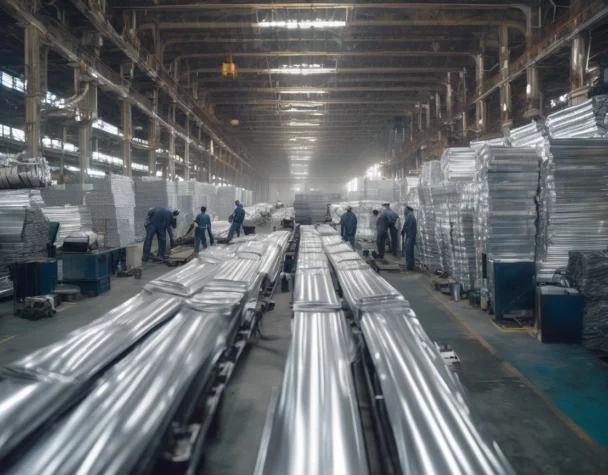
Aluminum Prices Surge: Analyzing Current Market Trends
Thu, March 06, 2025In recent times, the aluminum market has witnessed unprecedented fluctuations, culminating in a significant surge in prices. This article delves into the dynamics propelling aluminum to record highs, analyzing the confluence of factors impacting the global supply chain and market demand. The implications of these trends are not only pivotal for industry stakeholders but also for broader economic indicators.
Aluminum Prices Hit Record Highs
Aluminum prices have soared to their highest levels in several years, signaling a robust demand and a tightening market. The price hike is observed across various international markets, including the London Metal Exchange (LME), where aluminum has breached past benchmarks set in previous years. This escalation is reflective of the growing industrial demand and the critical role aluminum plays in a myriad of manufacturing sectors.
The surge is not just a short-term anomaly but a reflection of sustained demand across multiple industries. Aluminum is indispensable in automotive, construction, packaging, and electronics industries, all of which are experiencing a rebound in production post-pandemic. As economies worldwide stir back to life, the need for aluminum has surged, pushing prices upward as manufacturers scramble to secure adequate supplies.
Moreover, the investment in green technologies has further fueled the demand for aluminum, known for its sustainability and recyclability. With the global push towards electric vehicles and renewable energy infrastructures, such as solar panels and wind turbines, aluminum’s attributes make it a material of choice, thereby driving up its market price amidst heightened demand.
Factors Driving the Current Market Surge
Several key factors contribute to the current escalation in aluminum prices. Firstly, the global supply chain disruptions caused by the COVID-19 pandemic have had a lingering effect. Production slowdowns, logistical challenges, and labor shortages have throttled the supply side, while demand continues to climb, creating a significant mismatch and pushing prices higher.
Geopolitical tensions and trade policies also play a critical role in shaping the aluminum market. For instance, tariffs and sanctions on major aluminum-producing countries disrupt the market’s equilibrium. Additionally, countries are now more focused on securing domestic supplies and reducing dependency on foreign raw materials, which further strains the global supply chain.
Lastly, energy prices have a direct impact on aluminum production costs, given the energy-intensive nature of aluminum smelting. Recent fluctuations in energy markets, particularly with rising oil and natural gas prices, have translated into higher production costs for aluminum. This cost-push inflation is inevitably passed on to the consumer, contributing to the overall surge in market prices.
The current dynamics in the aluminum market are indicative of broader economic trends and the interplay of supply chain complexities, geopolitical influences, and sector-specific demands. As the market navigates through these turbulent waters, stakeholders must stay informed and agile. Understanding these trends is crucial for predicting future movements and making informed decisions in a volatile market. The surge in aluminum prices is not just a statistic; it’s a signal of changing times and evolving market landscapes.

